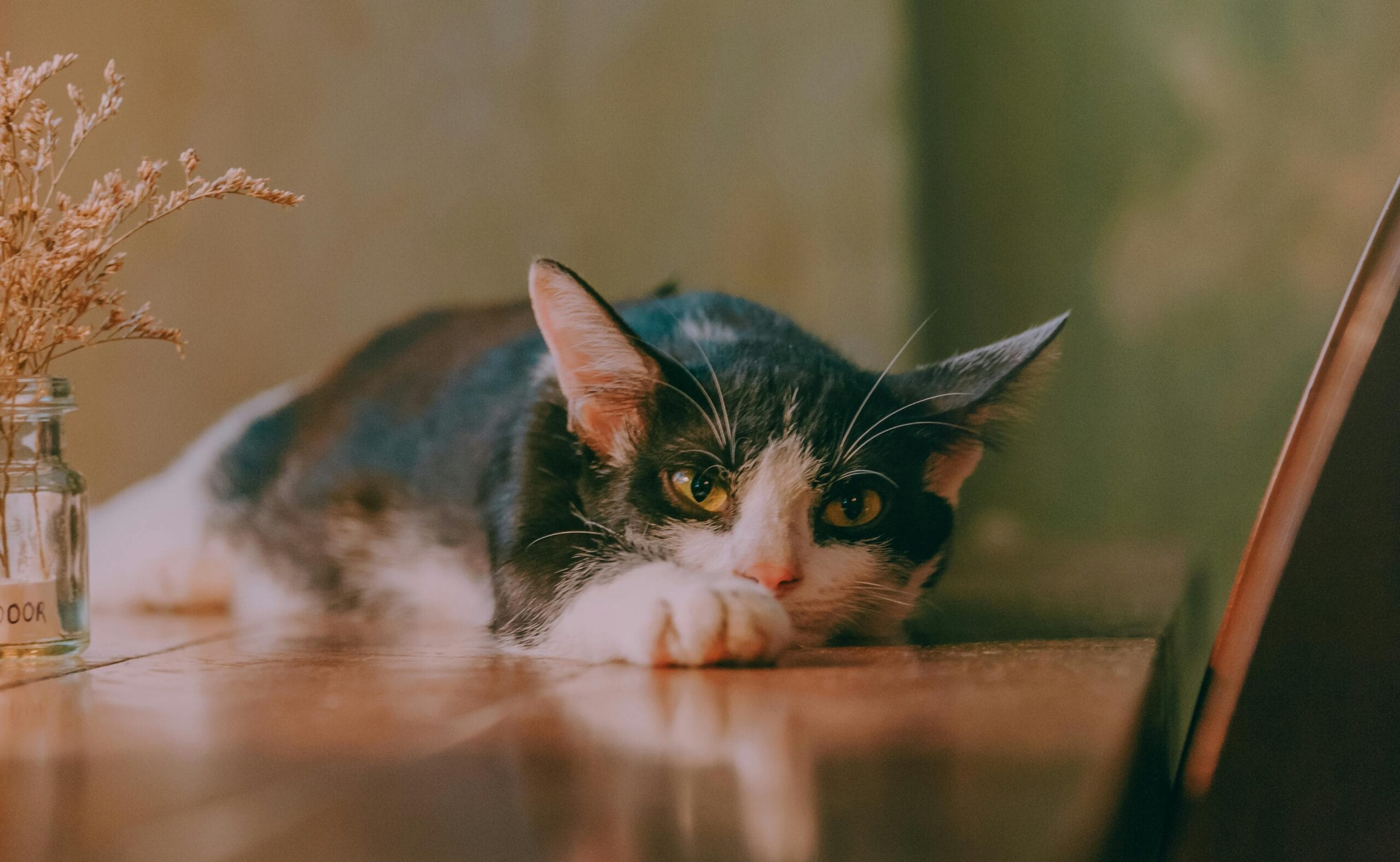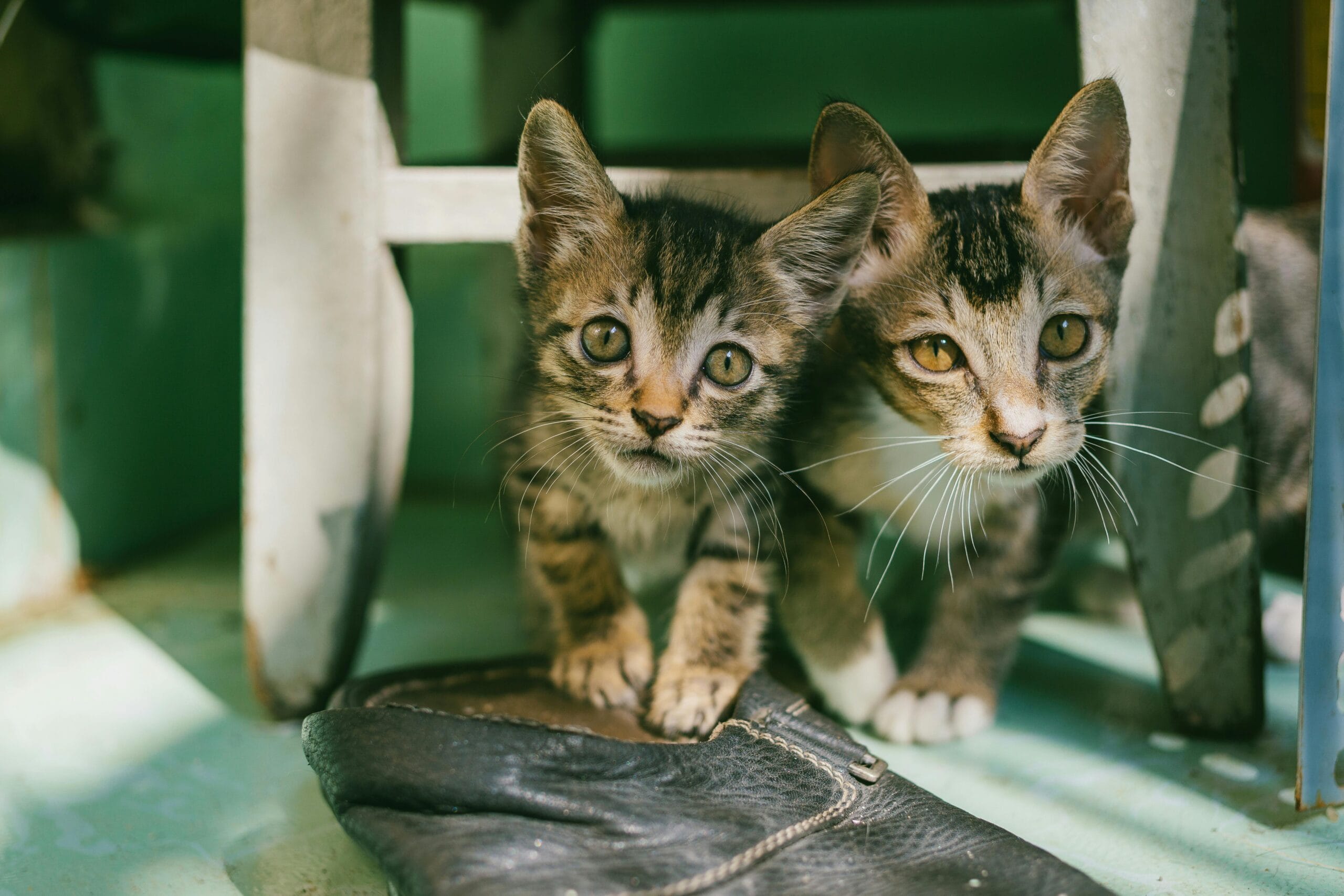How To Get Cat Pee Out Of Carpet ?

How To Get Cat Pee Out Of Carpet? Learn effective cat urine carpet removal & eliminate stubborn cat pee odor from carpet. Say goodbye to smelly carpets! Get expert tips now!
How To Get Cat Pee Out of Carpet: A Comprehensive Guide
Accidents happen, especially when you have a feline friend. But while a little mishap on the rug might seem like a minor inconvenience, cat urine can quickly become a major headache if not addressed properly. The pungent smell is notoriously difficult to eliminate, and if left untreated, it can permanently stain and damage your carpet. This comprehensive guide will walk you through the process of how to get cat pee out of carpet, tackling both the visible stain and the lingering odor. We’ll cover everything from immediate cleanup to advanced techniques for cat urine carpet removal and remove cat pee odor from carpet.
The Importance of Immediate Action: First Steps to Cat Urine Carpet Removal
The key to successful cat urine carpet removal is speed. The longer cat urine sits in your carpet, the more deeply it penetrates the fibers, making it significantly harder to remove. Act quickly to minimize damage and prevent the odor from setting in permanently. As soon as you discover the accident:
- Blot, Don’t Rub: Resist the urge to rub the affected area. Rubbing will spread the urine, pushing it deeper into the carpet fibers. Instead, use clean paper towels or a clean cloth to gently blot up as much urine as possible. Press firmly but avoid scrubbing.
- Ventilation is Key: Open windows and doors to improve air circulation. This will help to dissipate the ammonia odor associated with cat urine.
- Protect Your Health: Wear rubber gloves to protect your skin from the urine. Cat urine can contain bacteria, and the cleaning solutions you’ll use may also be irritating.
Deep Cleaning: How to Get Cat Pee Out of Carpet
Once you’ve blotted up the excess urine, it’s time to tackle the deeper stains and odors. This requires a multi-step approach using the right cleaning solutions.
Enzyme Cleaners: Your Secret Weapon for Removing Cat Pee Odor from Carpet
Enzyme cleaners are specifically designed to break down the organic compounds in cat urine, effectively neutralizing the odor at its source. Unlike harsh chemicals that only mask the smell, enzyme cleaners permanently eliminate it. These cleaners are available at most pet stores and online. When using an enzyme cleaner, follow the instructions carefully. Often, this involves saturating the affected area, allowing the cleaner to sit for the recommended time (usually several hours, or even overnight), and then blotting up the residue with clean cloths or paper towels. For stubborn stains, you might need to repeat this process.
Homemade Solutions: Simple Methods to Remove Cat Pee Odor from Carpet
If you prefer a more natural approach, several homemade solutions can be effective for remove cat pee odor from carpet. However, remember that these methods may not be as powerful as commercial enzyme cleaners, especially for heavily soiled areas.
- Baking Soda Paste: Mix baking soda with water to create a paste. Apply the paste liberally to the affected area, allowing it to dry completely. The baking soda will absorb the urine and help neutralize the odor. Once dry, vacuum thoroughly.
- White Vinegar Solution: Mix equal parts white vinegar and water in a spray bottle. Apply the solution to the stain and blot it up. Vinegar’s acidity helps to break down urine components. Always test a small, inconspicuous area first to ensure it doesn’t damage your carpet’s color.
- Hydrogen Peroxide Solution (Use with Caution): A diluted solution of hydrogen peroxide (3%) can be effective but can bleach some carpet fibers. Always test on an inconspicuous area first. Never use undiluted hydrogen peroxide.
Remember to thoroughly rinse the area with clean water after using any homemade solution, and allow it to air dry completely.
Advanced Techniques for Stubborn Cat Urine Stains
Despite your best efforts, some cat urine stains can be exceptionally stubborn. For these persistent problems, more intensive methods might be necessary:
Steam Cleaning: A Powerful Method for Cat Urine Carpet Removal
A steam cleaner can effectively remove deeply embedded urine and neutralize odors. The hot water and steam penetrate the carpet fibers, lifting out dirt and urine residue. Many rental options are available, or you can hire a professional carpet cleaning service. Remember to always test a small inconspicuous area of your carpet before using the steam cleaner on the affected area.
Professional Carpet Cleaning: When to Call in the Experts
If you’ve exhausted all other options and the cat urine odor persists, it’s best to contact a professional carpet cleaning service. Professional cleaners have specialized equipment and expertise in cat urine carpet removal. They use powerful cleaning solutions and techniques to remove even the most stubborn stains and odors. They might also have access to odor-eliminating products not readily available to consumers, like ozone generators. Finding a reputable company is important; check reviews and ensure they are experienced in dealing with pet stains.
Preventing Future Accidents: Keeping Your Carpet Cat Urine-Free
Preventing future accidents is just as important as cleaning up existing ones. Implementing the following strategies can minimize the chances of your cat having another accident on your carpet:
- Regular Litter Box Maintenance: Keep your cat’s litter box clean and scoop it daily. Cats are very particular about cleanliness and a dirty litter box will often encourage them to urinate elsewhere. Consider having multiple litter boxes, especially if you have multiple cats, to reduce competition.
- Litter Box Placement: Ensure the litter box is easily accessible and located in a quiet, private area away from high-traffic areas and food sources.
- Litter Type: Experiment with different types of litter to find one your cat prefers. Some cats are sensitive to certain litters and may prefer a different texture or scent.
- Veterinary Check-up: If your cat suddenly starts urinating outside the litter box, consult a veterinarian. Urinary tract infections, stress, or other medical conditions can cause inappropriate urination. The American Veterinary Medical Association (AVMA) website provides resources to help you find a veterinarian.
- Deterrents: Consider using commercial cat deterrents or creating your own natural deterrents (like citrus peels) to discourage your cat from using certain areas.
Understanding Cat Urine: The Science Behind the Smell
Cat urine contains various compounds, including ammonia, which is responsible for the pungent smell. Understanding these components helps us to choose the appropriate cleaning methods. Ammonia is volatile, meaning it evaporates easily, but it can also bind to carpet fibers, creating a persistent odor. Enzyme cleaners are crucial because they break down these organic compounds, preventing the re-emergence of the smell. This is why simply masking the smell with air fresheners is not a permanent solution. They only temporarily cover the odor and do not address the underlying problem.
The PetMD website, https://www.petmd.com/, offers excellent articles on cat health and behavior, providing valuable insights into potential causes of inappropriate urination.
Conclusion: Mastering the Art of Cat Urine Carpet Removal
Successfully removing cat urine from carpet requires prompt action, the right cleaning solutions, and sometimes, professional help. By following these steps and understanding the science behind cat urine, you can effectively eliminate stains and odors, keeping your home smelling fresh and clean. Remember that prevention is key, so make sure to maintain a clean litter box and address any potential underlying medical or behavioral issues.
We hope this guide has been helpful in your battle against cat urine stains and smells. Now it’s your turn! Share your experiences and tips on how to get cat pee out of carpet in the comments below. Did you use any methods we didn’t mention? What worked best for you for cat urine carpet removal or to remove cat pee odor from carpet? Let’s create a community resource to help fellow cat owners conquer those pesky accidents!
For more information on pet health and behavior, visit the ASPCA website here.

1. Q: How to get cat pee out of carpet completely?
A: Completely removing cat urine from carpet requires a multi-step process. First, blot up excess liquid with clean towels. Then, apply a commercial enzymatic cleaner specifically designed for pet urine; follow product instructions carefully. For stubborn stains, repeat the process. To remove cat pee odor from carpet, ensure the cleaner reaches the carpet padding. Thorough cleaning and proper ventilation are key for cat urine carpet removal.
2. Q: What’s the best way to remove cat pee odor from carpet?
A: Enzymatic cleaners are best for eliminating cat urine odor from carpet. These cleaners break down the uric acid crystals that cause the smell. After cleaning, consider using a baking soda and water paste to absorb remaining odors, leaving it to dry before vacuuming. Proper ventilation is also crucial for cat urine carpet removal.
3. Q: Does vinegar remove cat pee from carpet?
A: Vinegar can help neutralize the smell of cat urine, but it doesn’t always remove the stain or completely eliminate the odor. While it can be a supplemental step in the process of How To Get Cat Pee Out Of Carpet, it’s less effective than enzymatic cleaners for cat urine carpet removal.
4. Q: How to get old cat pee out of carpet?
A: Old cat pee stains and odors are harder to remove. You’ll likely need a stronger enzymatic cleaner and may need to repeat the application several times. Consider using a blacklight to locate hidden urine stains before applying the cleaner, making your cat urine carpet removal much more effective.
5. Q: My cat peed on my carpet – what’s the first step?
A: Immediately blot up as much urine as possible using clean paper towels or cloths. Avoid rubbing, which can spread the urine and make removal more difficult. This is the crucial first step in How To Get Cat Pee Out Of Carpet.
6. Q: Can baking soda remove cat urine stains?
A: Baking soda can help absorb some of the odor after you’ve used an enzymatic cleaner for cat urine carpet removal. It’s not a primary cleaner but works as an odor absorber. Apply it to the affected area, let it sit for several hours, and then vacuum it up.
7. Q: What’s the best enzymatic cleaner for cat urine?
A: Many effective enzymatic cleaners are available at pet stores and online. Look for products specifically designed for pet urine and odor removal. Read reviews to find one that suits your needs for cat urine carpet removal.
8. Q: Will my carpet be damaged by cat urine removal products?
A: Most enzymatic cleaners are safe for carpets when used according to the product instructions. Always test a small, inconspicuous area first to check for any adverse reactions. This is especially true for how to get cat pee out of carpet.
9. Q: How do I prevent future cat urine accidents on my carpet?
A: Provide enough litter boxes (one per cat plus one extra), keep them clean, and ensure your cat has access to fresh water. Addressing any underlying medical issues contributing to inappropriate urination is crucial.
10. Q: My cat keeps peeing in the same spot on the carpet, what should I do?
A: This often indicates a medical or behavioral problem. Consult your veterinarian to rule out urinary tract infections or other medical issues. A professional pet behaviorist can help address potential behavioral causes. Thorough cleaning using methods for How To Get Cat Pee Out Of Carpet is essential, but addressing the root cause is key to preventing recurrence.

How to Get Cat Pee Out of Carpet: Practical Tips and Health Considerations
Cat urine accidents are a common household problem. Cleaning up effectively is crucial not only for eliminating odors but also for protecting your family’s health. Cat urine contains harmful bacteria and ammonia, which can trigger allergies and respiratory problems.
Immediate Action:
Act fast! The longer cat urine sits, the deeper it penetrates and the harder it becomes to remove. Blot (don’t rub!) up as much liquid as possible with paper towels or a clean cloth.
Cleaning Solutions and Methods:
Enzyme Cleaners are Essential: Avoid harsh chemicals that could damage your carpet or harm pets. Enzyme cleaners are specifically designed to break down uric acid crystals – the main component responsible for the persistent odor. Many brands are available at pet stores or online.
Homemade Solution (for mild stains): Mix equal parts white vinegar and water in a spray bottle. Apply to the affected area, allow it to sit for a few minutes, then blot with a clean cloth. Vinegar’s acidity helps neutralize the odor.
Baking Soda: After cleaning with an enzyme cleaner or vinegar solution, sprinkle baking soda liberally over the area. Baking soda helps absorb remaining moisture and odors. Let it sit for several hours or overnight before vacuuming.
Professional Cleaning: For stubborn stains or large affected areas, consider professional carpet cleaning. They have specialized equipment and solutions for deep cleaning.
Health Considerations:
Wear Gloves: Always wear gloves when cleaning up cat urine to protect your skin from bacteria and chemicals.
Ventilation: Open windows to improve ventilation and air out the area. This helps dissipate ammonia and reduce the risk of respiratory irritation.
Underlying Medical Issues: Frequent accidents may indicate an underlying medical problem with your cat such as a urinary tract infection (UTI), kidney disease, or diabetes. Consult your veterinarian if you notice changes in your cat’s urination habits.
Preventing Future Accidents:
Litter Box Maintenance: Keep the litter box clean and readily accessible. Cats prefer clean litter boxes and may urinate outside the box if it’s dirty.
Multiple Litter Boxes: Consider having multiple litter boxes, especially in multi-cat households. The general rule is one box per cat, plus one extra.
Stress Reduction: Stress can contribute to inappropriate urination. Ensure your cat has a safe, comfortable environment.
Veterinary Check-up: Regular check-ups with your vet will help identify and address potential health issues early on.
SEO Keywords:
cat urine, cat pee, carpet cleaning, enzyme cleaner, cat urine odor, pet stains, cat accidents, cat health, urinary tract infection, UTI, carpet stain removal, homemade cat urine cleaner, pet odor removal.